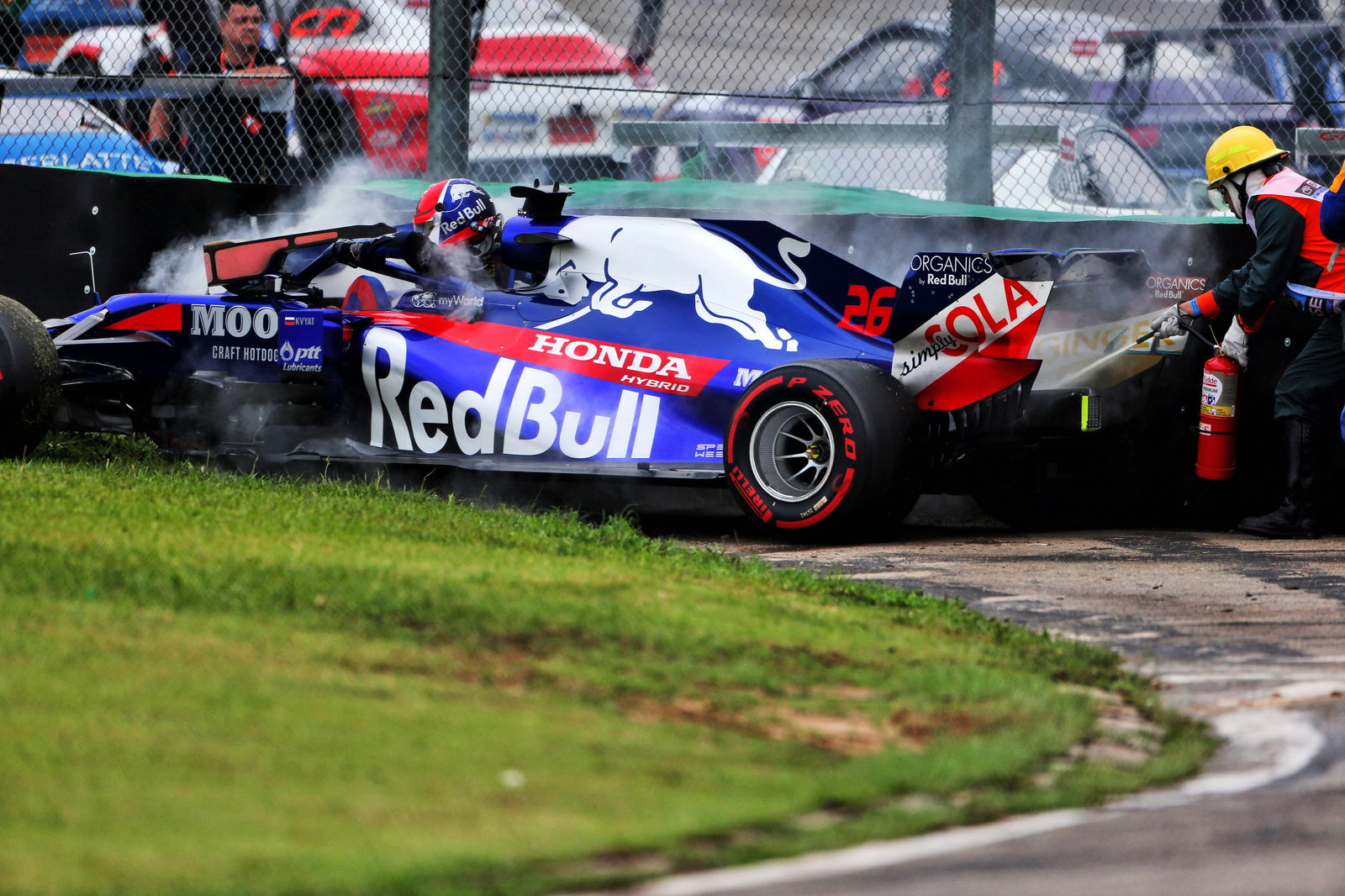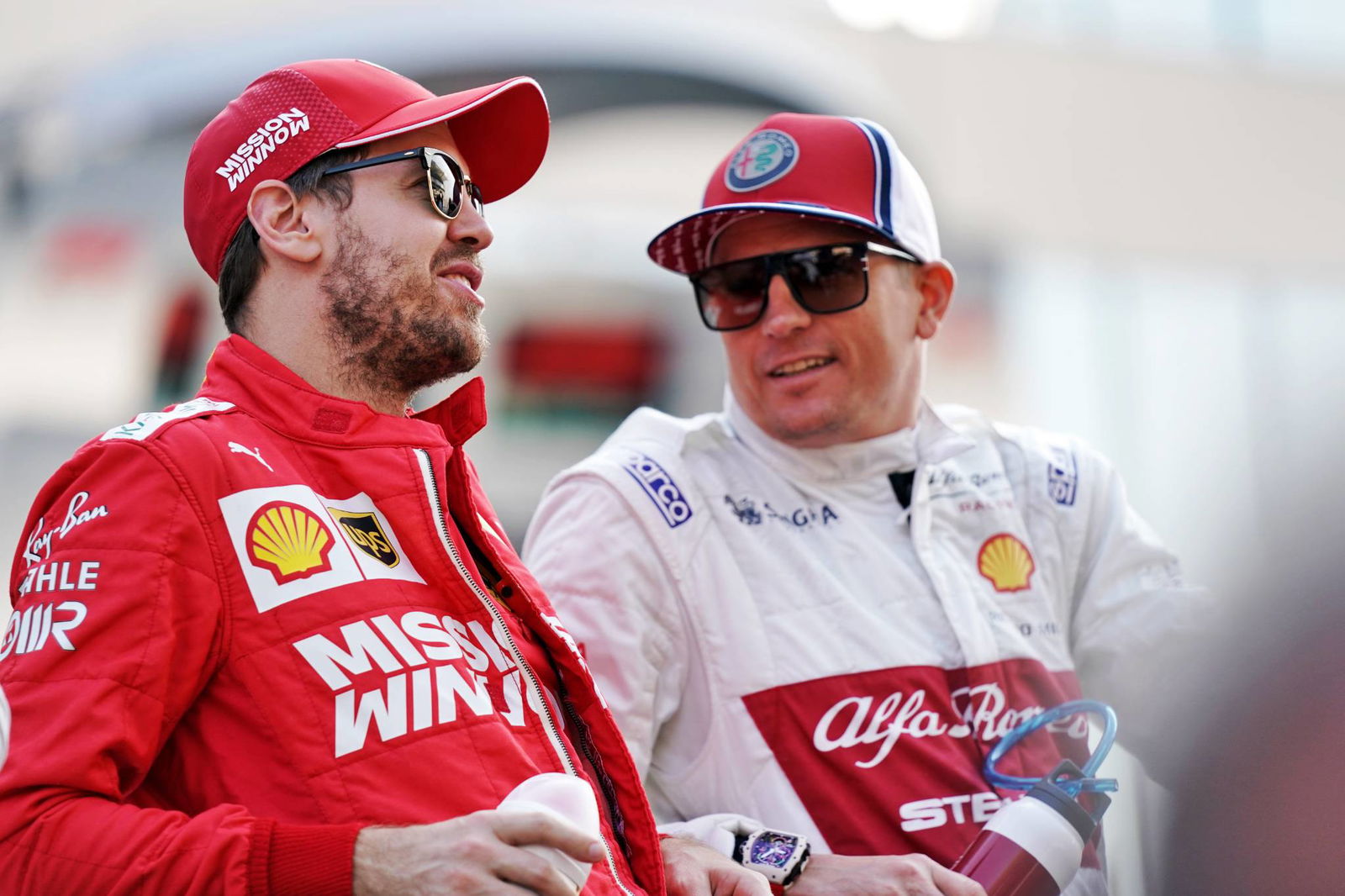Debunking Formula 1’s biggest myths
There are many misconceptions surrounding Formula 1 which are often brought up on a yearly basis, some of which are particularly prevalent in modern times.
Amid a heavily delayed start to the 2020 campaign due to the ongoing coronavirus pandemic – which has forced the postponement or cancellation of the opening eight races so far – we have decided to take a look at some of the championship’s biggest myths...
F1 is so boring, it’s not like the ‘good old days’

There are many misconceptions surrounding Formula 1 which are often brought up on a yearly basis, some of which are particularly prevalent in modern times.
Amid a heavily delayed start to the 2020 campaign due to the ongoing coronavirus pandemic – which has forced the postponement or cancellation of the opening eight races so far – we have decided to take a look at some of the championship’s biggest myths...
F1 is so boring, it’s not like the ‘good old days’
Ok, let’s start at the top and address the big one. You will have definitely come across somebody who claims F1 is not as exciting as it used to be, or that it should not even class itself as a proper sport because it is “just cars going round in circles”.
Particularly in recent times, this claim has been based around Mercedes’ domination of the V6 hybrid era, with the majority of wins and championship titles over the last five years being picked up by Lewis Hamilton.
But people are quick to forget that F1 has always had spells of dominance from one team or another. While Ferrari and Red Bull have been left to fight over the scraps in recent seasons, both sides have had their stretch of dominance over the past two decades, with Red Bull winning four consecutive world title doubles between 2010 to 2013 and Ferrari taking five consecutive drivers’ crowns plus six straight constructors’ championships across 1999-2004.
A closer look at the pecking order over the last few seasons in particular highlights a convergence between the midfield runners. Arguably, F1 now has a far more competitive field below the top three teams than at any point in history, when cars finishing minutes behind the winner was a regular occurrence.
And that is not even beginning to scratch the surface with regards to the incredible levels of innovation and technology involved in modern-day F1.

Nobody can overtake
Another misconception is that the way F1 cars are designed means that overtaking is near-impossible, suggesting that in years gone by F1 races were overtaking-fests.
The tight and twisty nature of certain circuits such as Monaco and Hungary make overtaking incredibly difficult in any era of F1 car, and it is true that the current technical regulations do make passing harder due to the extreme pursuit for aerodynamic perfection in recent years, but overtakes do still occur.
The biggest problem F1 faces at the moment is that the ‘dirty air’ or wake currently produced by cars has a huge destabilising effect on the downforce and tyre performance of the following car, meaning it is hard to stay close, let alone pull off an overtake. This is an area F1 is working hard to address in the future.
There are overtaking aids such as the Drag Reduction System (DRS) which have helped increase the amount of overtaking moves, though many see this as a gimmick and the device has been criticised for being too effective at times – sometimes F1 can’t win either way.
But you only have to look back at a number of races in 2019 to see that overtaking is definitely not just a phenomenon.

F1 cars are very fragile
Another commonly held misconception, largely based around the fact that car parts break up easily in the event of contact or a crash.
In reality, F1 cars are incredibly sturdy. They are built to withstand massive loads while being driven at 300km/hr and the subsequent G-Forces that come in cornering and under heavy braking.
The objective of an F1 car is to be as fast as possible, and therefore the lightweight nature of Carbon Fibre is an ideal product to use. But the reason it breaks off and shatters so easily is because it is designed to do exactly that in the event of an incident.
This is so drivers are protected as much as possible within the cockpit during a crash, with the majority of the impact level absorbed by the part of the car which has broken off, rather than travelling through the monocoque and directly to the driver’s body.

The drivers aren’t proper athletes
Many people argue that F1 drivers are not real athletes because the cars are much easier to drive in recent times - another common myth.
In fact, drivers need to be incredibly fit to master their modern-day machinery. F1 cars of today may appear easier to drive compared to their predecessors from the outside, but they are complex beasts swamped with electronic components and a plethora of control buttons.
While concentration levels must be at optimum when battling with 19 other drivers on track at eye-wateringly high speeds, drivers also need to have strong core and upper body strength just to keep their cars on the road and pointing in the right direction.
The strain placed on drivers’ necks in particular is extreme. F1 drivers typically experience around 5G under braking, 2G while accelerating and anywhere between 4-6G in cornering. At 5Gs, a driver experiences a force equal to five times their weight, which is equivalent to 60 to 70 pounds of force pulling their head to the side.
Imagine putting up with those levels of force non-stop in a racing situation for a two-hour race. Not to mention the practice, qualifying and test hours also put in across a season.
There are no personalities in F1 anymore
F1 has been littered by great personalities throughout its history; think of the lavish lifestyle led by James Hunt, or the differing characters of the likes of Ayrton Senna, Nigel Mansell and Niki Lauda.
Some argue that the current era of F1 is significantly lacking big-name personalities, but there are reasons to suggest this is not the case.
Lewis Hamilton, Daniel Ricciardo and Sebastian Vettel all display different personalities and lifestyles that have made them fan favourites for varying reasons, while the likes of Lando Norris and Max Verstappen are leading the new generation of stars embracing their ever-growing followings on social media.
There’s an argument that Kimi Raikkonen, one of the most popular names on the F1 grid with the fans, has personality traits where he actively shuns the limelight or standing out from the crowd which only leads to increasing his status.
While times have changed and drivers’ lives may no longer seem as eccentric as they did in the past, there are still many personalities within the sport with many of the younger stars striking a cord with a new audience.



